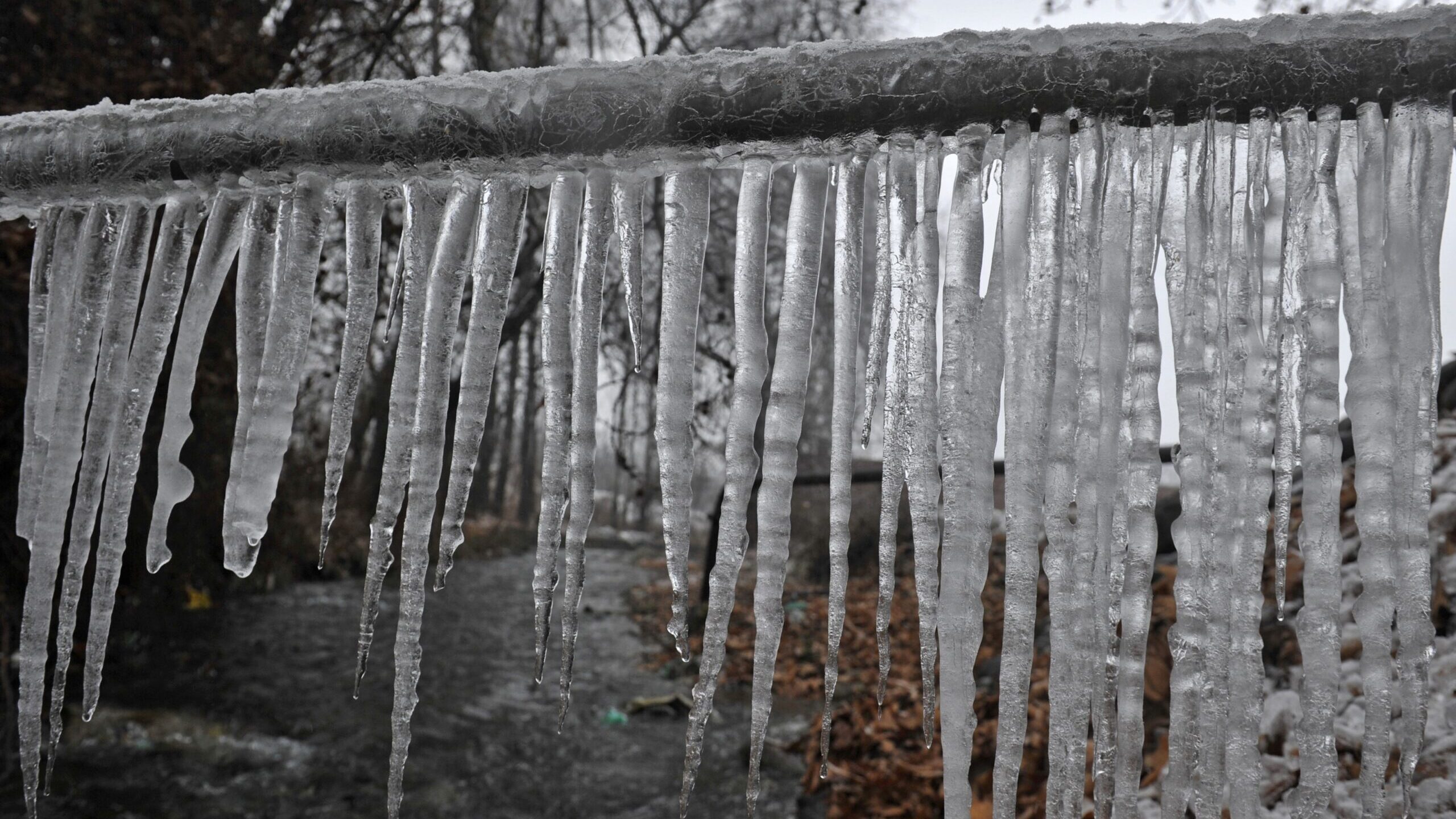Protecting Against Frozen Pipes in Winter: Essential Advice
Protecting Against Frozen Pipes in Winter: Essential Advice
Blog Article
The article in the next paragraphs on the subject of Winter Plumbing Precautions: Preventing Frozen Pipes is truly stimulating. You should take a look.

Winter can damage your plumbing, especially by freezing pipes. Right here's just how to prevent it from happening and what to do if it does.
Introduction
As temperature levels decline, the danger of frozen pipes boosts, potentially causing expensive repair services and water damages. Recognizing exactly how to prevent icy pipelines is vital for house owners in cold climates.
Comprehending Frozen Pipelines
What triggers pipes to freeze?
Pipes freeze when exposed to temperature levels listed below 32 ° F (0 ° C) for extended durations. As water inside the pipelines ices up, it expands, taxing the pipeline wall surfaces and possibly creating them to rupture.
Risks and problems
Frozen pipes can bring about water system disruptions, building damage, and expensive repair work. Burst pipelines can flooding homes and trigger substantial structural damages.
Indicators of Frozen Pipeline
Identifying frozen pipes early can avoid them from rupturing.
Exactly how to recognize frozen pipes
Try to find reduced water circulation from faucets, unusual odors or noises from pipes, and visible frost on revealed pipes.
Avoidance Tips
Insulating at risk pipelines
Cover pipes in insulation sleeves or use warmth tape to shield them from freezing temperatures. Concentrate on pipes in unheated or outside areas of the home.
Heating techniques
Keep interior rooms properly heated, especially areas with plumbing. Open cabinet doors to permit cozy air to flow around pipelines under sinks.
Protecting Exterior Plumbing
Garden hoses and outdoor faucets
Separate and drain pipes yard hose pipes prior to winter. Set up frost-proof faucets or cover outdoor faucets with shielded caps.
What to Do If Your Pipes Freeze
Immediate activities to take
If you think frozen pipes, keep taps open to alleviate pressure as the ice melts. Utilize a hairdryer or towels soaked in warm water to thaw pipes gradually.
Long-Term Solutions
Structural modifications
Take into consideration rerouting pipelines away from exterior walls or unheated locations. Include added insulation to attic rooms, basements, and crawl spaces.
Updating insulation
Purchase top notch insulation for pipes, attic rooms, and walls. Correct insulation aids preserve constant temperature levels and decreases the risk of frozen pipes.
Final thought
Avoiding frozen pipelines requires aggressive steps and fast responses. By understanding the reasons, indicators, and safety nets, homeowners can shield their plumbing during winter.
5 Ways to Prevent Frozen Pipes
Drain Outdoor Faucets and Disconnect Hoses
First, close the shut-off valve that controls the flow of water in the pipe to your outdoor faucet. Then, head outside to disconnect and drain your hose and open the outdoor faucet to allow the water to completely drain out of the line. Turn off the faucet when done. Finally, head back to the shut-off valve and drain the remaining water inside the pipe into a bucket or container. Additionally, if you have a home irrigation system, you should consider hiring an expert to clear the system of water each year.
Insulate Pipes
One of the best and most cost-effective methods for preventing frozen water pipes is to wrap your pipes with insulation. This is especially important for areas in your home that aren’t exposed to heat, such as an attic. We suggest using foam sleeves, which can typically be found at your local hardware store.
Keep Heat Running at 65
Your pipes are located inside your walls, and the temperature there is much colder than the rest of the house. To prevent your pipes from freezing, The Insurance Information Institute suggests that you keep your home heated to at least 65 degrees, even when traveling. You may want to invest in smart devices that can keep an eye on the temperature in your home while you’re away.
Leave Water Dripping
Moving water — even a small trickle — can prevent ice from forming inside your pipes. When freezing temps are imminent, start a drip of water from all faucets that serve exposed pipes. Leaving a few faucets running will also help relieve pressure inside the pipes and help prevent a rupture if the water inside freezes.
Open Cupboard Doors
Warm your kitchen and bathroom pipes by opening cupboards and vanities. You should also leave your interior doors ajar to help warm air circulate evenly throughout your home.

As a devoted person who reads on Winter Plumbing Precautions: Preventing Frozen Pipes, I thought sharing that excerpt was really helpful. Are you aware of someone else who is very much interested in the subject? Do not hesitate to share it. Thanks so much for going through it.
Call Today Report this page